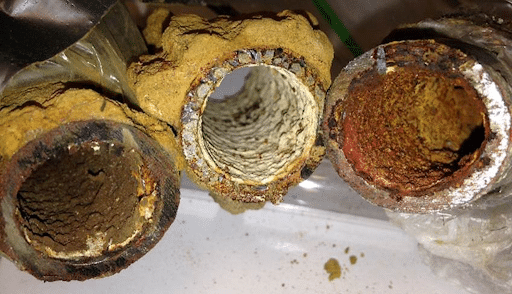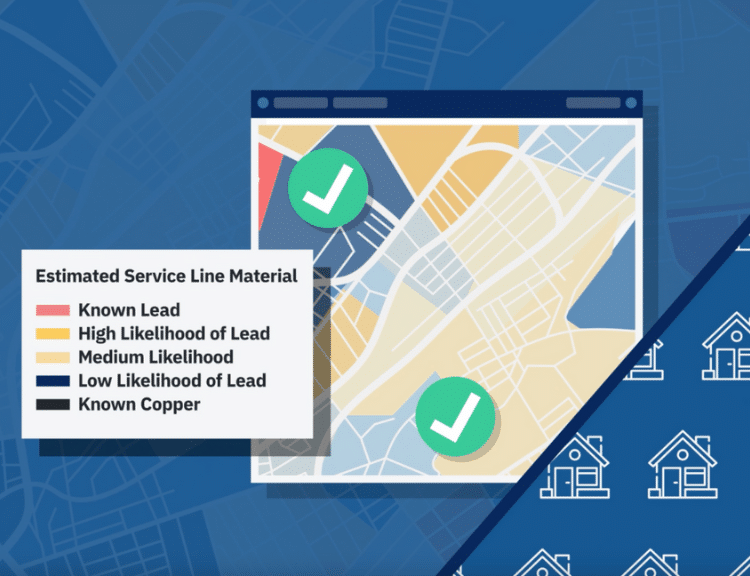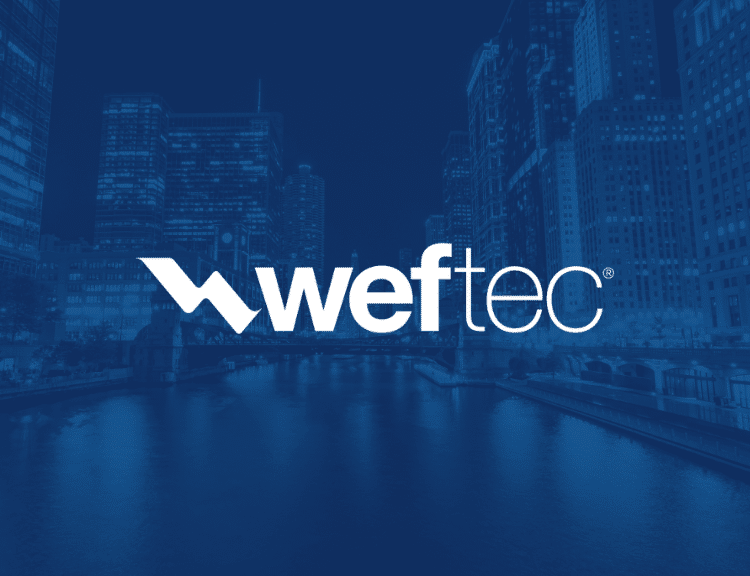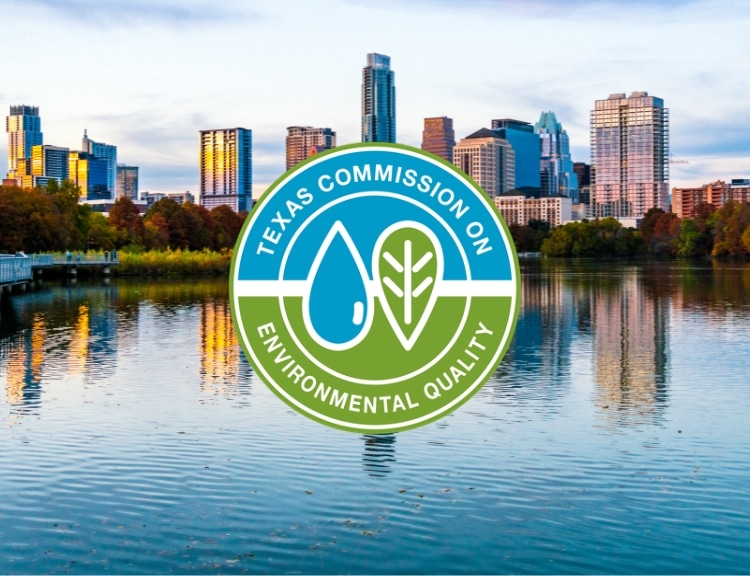All water utilities face an October 2024 deadline to inventory their water lines. By using artificial intelligence (AI) and machine learning (ML), utilities can drastically save time, money, and reduce field excavation.
ICYMI: The Environmental Protection Agency (EPA) recently proposed changes to the Lead and Copper Rule (LCR) with the Lead and Copper Rule Improvements (LCRI). If they go into effect, they include updated compliance requirements for October 16, 2024.
First up? All of the 148,000+ public water systems in the U.S. must submit an inventory of their system’s service lines. This includes the material type for both the customer and the utility-owned portions of the line.
The challenge? How can a water system know which service lines contain lead if they don’t have solid historical records and the lines live 3 ft under ground?
Artificial intelligence (AI) is helping utilities generate more accurate service line material predictions to better prevent water contamination and ensure residents receive safe drinking water. Through this technology, municipalities can take cost-effective action to prevent lead contamination before the water reaches our taps.
Why you should know:
Over 22 million people get drinking water through toxic lead pipes in the U.S. When toxic lead pipes are still being used to transport our drinking water from the water plant to our homes, they can carry toxic particles with them, polluting the water supply for local communities.

And it’s not just lead. Galvanized steel pipes can also be a long-term source of lead as the surface zinc coating can contain lead. Lead can accumulate in the rusted interior of aging galvanized iron pipes. Particles can then detach during a change in water pressure or pipe vibration, and increase lead levels in our drinking water.
How It Works
By combining multiple data points, like location, age of buildings, property values, and many other factors, cities can significantly increase their likelihood of correctly identifying lead lines for replacement. This allows utilities to direct funding to replace the pipes most at risk to the community, improving the efficiency of the water utility’s decision making and replacement activities.
Looking ahead:
Inventorying water service lines is complicated, especially when historical records are limited or unreliable. For many service lines, the water systems simply do not know the material they are made of.
The BlueConduit platform leverages artificial intelligence (AI), machine learning (ML), and predictive modeling to characterize and reduce these uncertainties and guide water systems in their compliance and replacement programs.
This data-driven approach helps water systems accurately budget their replacement programs, as well as target replacements at homes with highest probability of lead, prioritizing residents most at risk.
By working with BlueConduit, The Detroit Water and Sewerage Department (DWSD) was able to accelerate the citywide replacement project by 75%, reducing the projected time frame from 40 years down to only 10 years.
With the BlueConduit platform, city officials can:
- Use machine learning to accurately predict unknowns
- Proactively communicate with residents
- More efficiently manage replacement planning
- Simplify LCR and upcoming LCRI compliance
Let’s get started! Book a demo today.
About Google.org
Google.org, Google’s philanthropy, supports nonprofits that address humanitarian issues and apply scalable, data-driven innovation to solving the world’s biggest challenges. We accelerate their progress by connecting them with a unique blend of support that includes funding, products, and technical expertise from Google volunteers. We engage with these believers-turned-doers who make a significant impact on the communities they represent, and whose work has the potential to produce meaningful change. We want a world that works for everyone—and we believe technology and innovation can move the needle.
Learn more about the collaboration between BlueConduit and Google.org.





